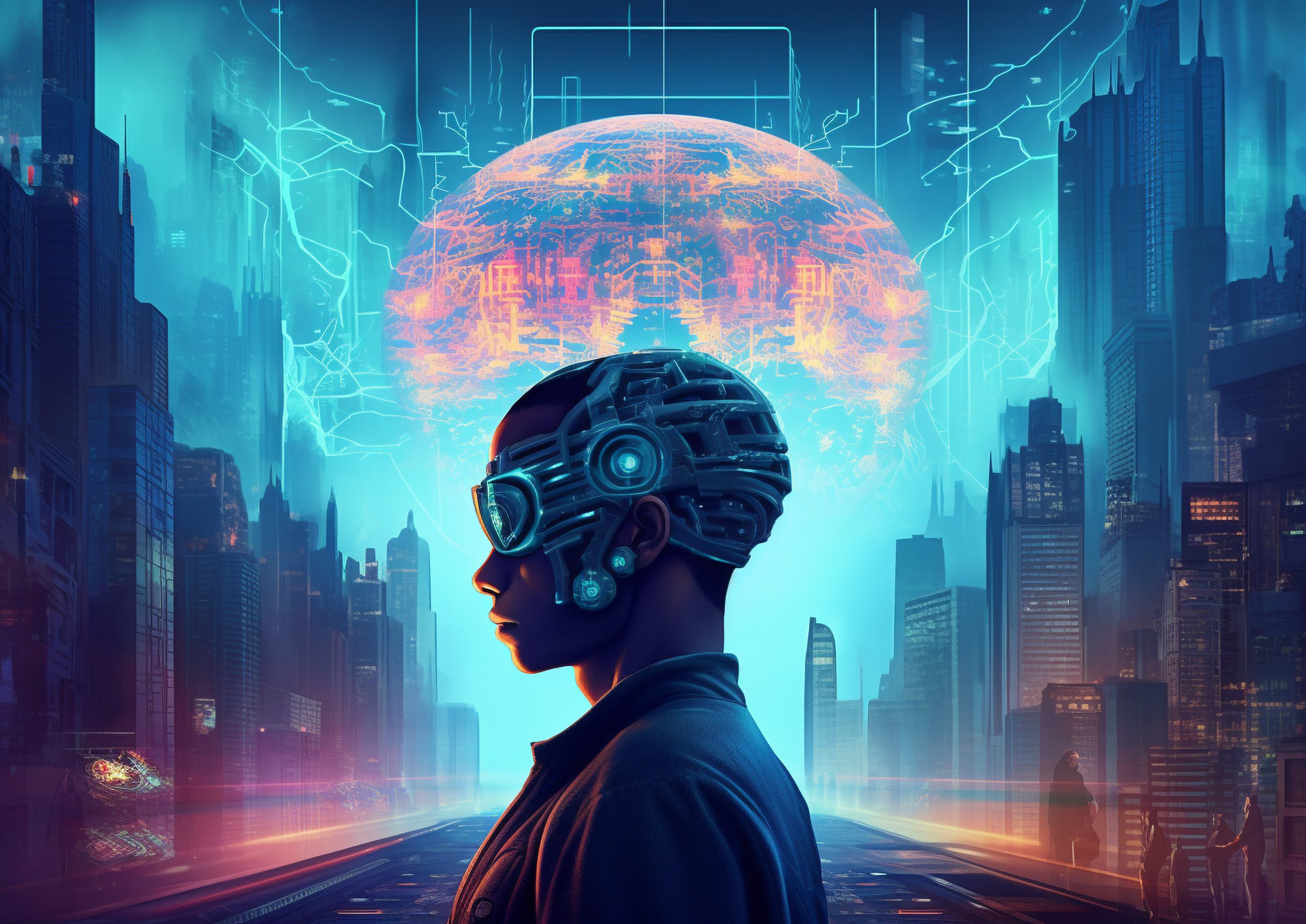
The Rise of Generative AI in Software Development
- wasiq0809
- February 8, 2024
- Uncategorized
- 0 Comments
Generative AI refers to algorithms capable of generating new content that mimics human-like creativity. Unlike traditional AI systems that are limited to predefined rules, generative models learn from vast datasets to produce original and often highly realistic outputs. This technology includes language models like OpenAI’s GPT and image generation models such as NVIDIA’s StyleGAN.
Applications Across Industries
-
Content Creation: Generative AI is revolutionizing content creation across various media. It can autonomously write articles, generate marketing copy, and even compose music or design artworks based on input criteria.
-
Design and Fashion: In design and fashion, generative models assist in creating unique patterns, styles, and designs. They enable personalized recommendations and streamline the creative process.
-
Healthcare and Drug Discovery: Generative AI models aid in drug discovery by predicting molecular structures and simulating drug interactions, accelerating research and development efforts.
Enhancing User Experience
Generative AI enhances user experience by personalizing interactions, predicting user preferences, and automating repetitive tasks. Chatbots powered by natural language generation (NLG) provide responsive customer service, while virtual assistants anticipate user needs and offer tailored recommendations.
Ethical and Regulatory Considerations
As generative AI becomes more advanced, ethical concerns arise regarding intellectual property rights, misinformation, and the potential for misuse in creating deceptive content. Robust regulatory frameworks are essential to ensure responsible deployment and mitigate risks associated with AI-generated content.
Future Prospects
The future of generative AI holds limitless possibilities. Continued advancements in machine learning techniques, increased computational power, and interdisciplinary collaborations will drive innovation across sectors. From personalized education platforms to immersive virtual environments, generative AI will continue to redefine human-machine interaction and foster new avenues for creativity and discovery.
Conclusion
Generative AI represents a paradigm shift in how we create, interact, and innovate in the digital age. By harnessing the power of AI to generate creative content and solutions, we unlock new opportunities for efficiency, personalization, and artistic expression. Embrace the transformative potential of generative AI and join us in shaping a future where creativity knows no bounds.
Understanding Generative AI:
Generative AI, a subset of artificial intelligence, focuses on producing new content, whether it be images, text, or even code. Its ability to learn patterns and generate complex outputs has revolutionized various industries, including software development.
Enhancing Creativity:
Developers are harnessing the power of generative AI to boost creativity in the ideation phase. By feeding the model with relevant data, it can propose novel ideas, inspiring innovative solutions to coding challenges.
Code Generation Simplified:
One of the most impactful applications of generative AI in software development is code generation. This technology assists developers by automating the coding process, reducing manual efforts, and enhancing overall efficiency.
Improved Bug Detection:
Generative AI plays a crucial role in identifying potential bugs in the code. By analyzing patterns and predicting potential issues, developers can address problems before they become critical, resulting in more robust and reliable software.
The Future Landscape:
As generative AI continues to evolve, its integration into software development workflows is expected to grow. Developers can anticipate even more streamlined processes, increased productivity, and a surge in creative solutions.
Conclusion:
Generative AI is reshaping the way software is developed, bringing forth a new era of innovation and efficiency. Embracing this technology can lead to enhanced creativity, simplified coding, and a future where software development reaches new heights.
Related Posts

The Impact of Blockchain on Mobile App Development
- Wenawa
- June 25, 2024
Enhancing Security and Efficiency Blockchain technology has emerged as a transformative force i ..

The Metaverse and Virtual Reality (VR)
- Wenawa
- June 25, 2024
Understanding the Metaverse The metaverse is a virtual shared space accessible via the internet ..
